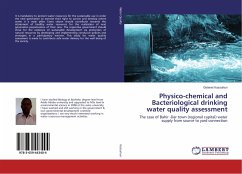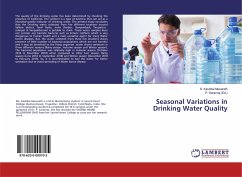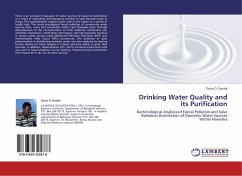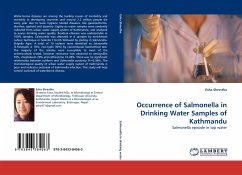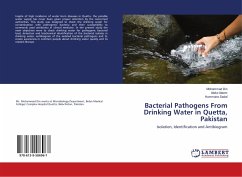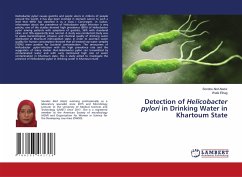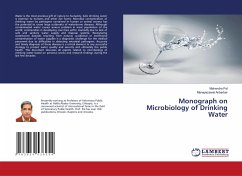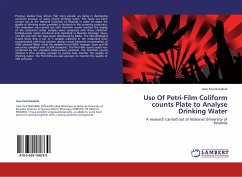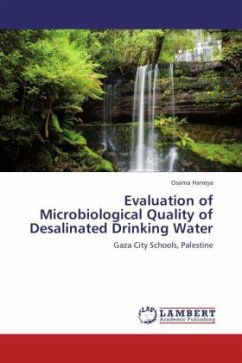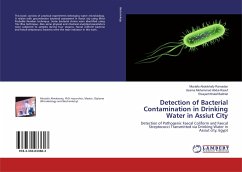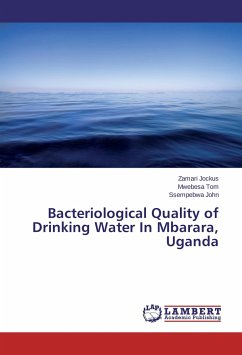
Bacteriological Quality of Drinking Water In Mbarara, Uganda
Versandkostenfrei!
Versandfertig in 6-10 Tagen
24,99 €
inkl. MwSt.

PAYBACK Punkte
12 °P sammeln!
By 2005 when this study was carried out, Rukiri Sub-County in Mbarara district, Uganda had 98% safe water coverage, yet the prevalence of diarrhoeal diseases was not different from other Sub-Counties which had coverages as low as 50%. This study established that whereas the government had focused on hardware by constructing safe water sources, software activities like hygiene promotion were lacking. This had resulted in contamination of water before its final consumption stage. The study showed how Feacal Coliform count, which is a measure of Feacal contamination of water, progressively increa...
By 2005 when this study was carried out, Rukiri Sub-County in Mbarara district, Uganda had 98% safe water coverage, yet the prevalence of diarrhoeal diseases was not different from other Sub-Counties which had coverages as low as 50%. This study established that whereas the government had focused on hardware by constructing safe water sources, software activities like hygiene promotion were lacking. This had resulted in contamination of water before its final consumption stage. The study showed how Feacal Coliform count, which is a measure of Feacal contamination of water, progressively increased from source, through collection, storage and drinking containers. Therefore whereas water was collected safe, it was grossly contaminated by the time its consumed in the home. Equally household sanitation and hygiene was very poor. Whereas safe water sources were communally maintained to remain clean, household sanitation and hygiene which is an individual household responsibility had not be adequately addressed. These shortfall were the cause failure of the benefits of a high safe water coverage resulting in significant reduction of prevalence of diarrhoeal diseases.



